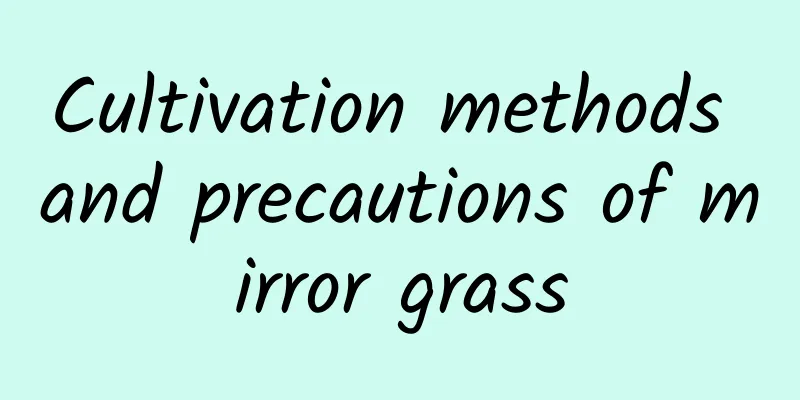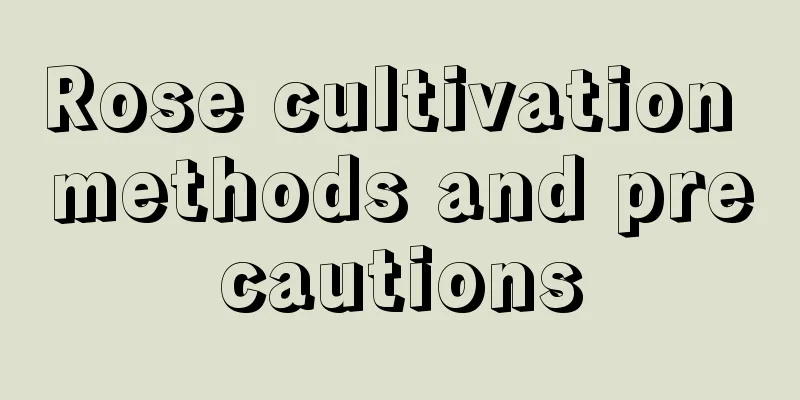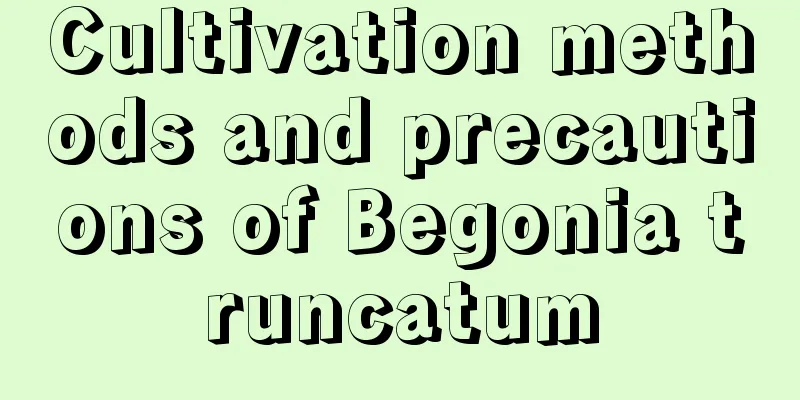What are the cultivation methods and precautions of Lotus lily?

Growth habits of Euphorbia pulcherrimaThe Euphorbia pulcherrima likes a warm and humid environment, avoids direct sunlight, is drought-resistant and semi-shade-resistant, and is afraid of rain. It requires fertile, loose, well-drained neutral or slightly acidic sandy loam. The optimum temperature during the growing period is 20-25℃, the optimum temperature for flower bud differentiation is between 10-15℃, and the temperature in winter cannot be lower than 5℃. How to cultivate lotusSoil requirements: It is best to choose soil that is relatively permeable and breathable. You can use leaf mold, garden soil, peat soil, river sand, and vermiculite in a ratio of 1:1:1:2:2, and then mix some bone meal to increase the fertilizer efficiency of the soil. Light requirements: Place it in an environment with sufficient light, preferably on a south windowsill or balcony. It is best to keep it outdoors if possible so that it can receive more light. Watering method: Don’t water too much at normal times. Just follow the principle of not watering unless the soil is dry, and watering thoroughly when you do. When watering, you must be careful not to allow water to accumulate. Fertilization method: Fertilization is generally applied once every half a month during the growing period, 4 to 5 times in spring, and 2 to 3 times in autumn. Fertilization should be stopped during the high temperature period in midsummer, and fertilization should be controlled in late autumn to help the plants survive the winter safely. Pruning method: In principle, the side buds at the bottom of the plant need to be retained, and the side buds at the top need to be cut off; when the arrows are growing, sufficient nutrition needs to be ensured, and the tips can be pinched off after the new arrows grow. Things to note when cultivating lotusSoil disinfection: Before using the culture soil, it is best to steam sterilize it to reduce the harm caused by pests such as root-knot nematodes, root whiteflies, their eggs, and various pathogenic bacteria, spores and strains of fungi that may exist in the culture soil. Good ventilation environment: To improve the ventilation environment, you can open the windows every day to increase indoor air circulation. However, if the area you are in is still relatively cool, try not to blow the wind directly at the flowers. This is also better for the flowers. |
<<: What are the cultivation methods and precautions of azalea
>>: Can goldfish spider plants be hydroponically grown? Is it better to grow them in water or soil?
Recommend
How to propagate azalea by cuttings?
Rhododendron , also known as azalea, is a popular...
How to grow succulents
1. Water When caring for succulents, the principl...
How to put carnations in a vase
1. The first type Take a look at the first pictur...
How should I care for the gardenia that dies every time I try to grow it? !
1. Reasons for Gardenia buds to fall off Many flo...
Do newly purchased rose seedlings need to hibernate in winter (what should I pay attention to when caring for roses in winter)
Newly bought rose seedlings will hibernate in win...
The cultivation methods and precautions of the succulent silk veil
The succulent silk veil is relatively easy to gro...
Which month is suitable for planting sweet potatoes?
When to plant sweet potatoes The planting time of...
How to grow Begonia in spring
1. Sufficient water Spring is an important growin...
How to eat yam? Can yam be eaten raw?
1. How to eat 1. Stir-frying: Yam is a nutritious...
Is it profitable to grow oyster mushrooms? How much money can you make in a year?
Is it profitable to grow oyster mushrooms? Oyster...
Can roses be grafted onto roses (advantages and disadvantages of grafting roses onto roses)
Rose can be said to be the best choice for grafte...
What to do if irises don’t bloom? How to solve it
1. Supplement sunlight Reason: Irises must have s...
How to fertilize gladiolus
Three stages of fertilizing gladiolus Phase 1: Ap...
How to save cabbage seeds
Cabbage seeds Cabbage has seeds that can be kept ...
What does mint do?
1. Cool down and relieve summer heat Mint is good...









